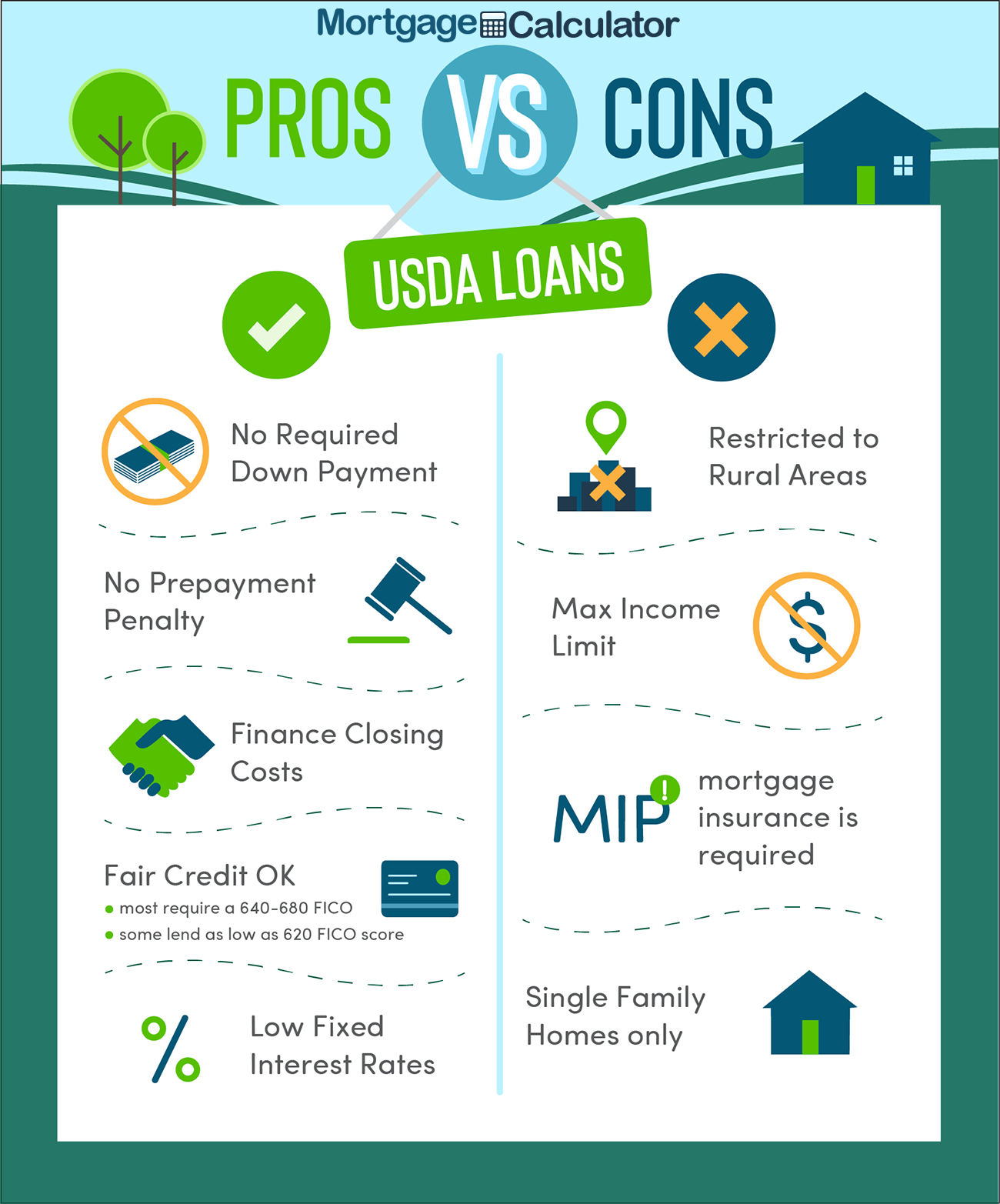Step-by-Step Procedure to Look For Conventional Mortgage Loans
Step-by-Step Procedure to Look For Conventional Mortgage Loans
Blog Article
The Important Factors to Take Into Consideration When Picking In Between Fixed-Rate and Adjustable-Rate Home Loan Lendings
When reviewing mortgage choices, consumers face a critical choice in between adjustable-rate and fixed-rate fundings, each offering distinct advantages and potential challenges. Key factors to consider such as rate of interest rate security, predictability in month-to-month repayments, and the ramifications of prospective rate changes can significantly impact lasting financial health. Additionally, understanding the expected period of homeownership and the general expense of borrowing can form one's technique. As these variables link with private monetary circumstances and run the risk of resistance, the ramifications of this option might not be as straightforward as they seem. What subtleties should be focused on in this important decision-making procedure?
Rates Of Interest Security
When choosing a mortgage, comprehending passion price stability is essential for notified decision-making. Rates of interest can significantly affect the overall price of a mortgage, and identifying the nature of these prices is crucial for debtors. Fixed-rate mortgages use the advantage of constant regular monthly payments over the life of the financing, protecting debtors from market variations. This stability allows homeowners to prepare their financial resources with greater certainty, as they will not be influenced by rising rates of interest.
On the various other hand, variable-rate mortgages (ARMs) begin with reduced first rates that might change regularly based on market conditions. While this can lead to lower payments at first, it additionally introduces unpredictability, as debtors might encounter raised payments if rate of interest rise. For those considering an ARM, it is important to assess the chance of price adjustments, the possibility for repayment boosts, and the size of the initial fixed-rate period.
Inevitably, the choice in between fixed-rate and adjustable-rate home loans depends upon private risk resistance and economic situations. Understanding rates of interest security helps borrowers make notified decisions that align with their long-term economic goals.
Monthly Settlement Predictability
While consumers usually focus on rate of interest stability, the predictability of month-to-month repayments is just as important in the home mortgage choice process (Conventional mortgage loans). Month-to-month settlement predictability plays an important function in budgeting and financial preparation, as it directly affects a homeowner's capital and overall economic health and wellness
Fixed-rate home loans offer a regular regular monthly settlement throughout the life of the loan, permitting customers to anticipate and prepare their expenses properly. This security can be particularly helpful for first-time property buyers or those on a fixed income, as it gets rid of the unpredictability connected with rising and fall repayments.
Conversely, variable-rate mortgages (ARMs) usually include lower preliminary payments that can alter over time, resulting in possible irregularity in month-to-month obligations. While at first attractive, this changability can complicate economic preparation, especially if debtors do not make up future price changes.
Possible Price Modifications
In the realm of adjustable-rate mortgages (ARMs), possible rate modifications stand for a substantial element that borrowers should meticulously think about. Unlike fixed-rate mortgages, where the rate of interest remains unmodified for the life of the financing, ARMs are characterized by varying rate of interest that are linked to market indices. This variability can cause considerable adjustments in month-to-month repayments, influencing the consumer's economic preparation and budgeting.
Borrowers have to be conscious of the margin and index made use of to determine these changes, as they straight affect future interest rates. Additionally, ARMs often consist of caps that limit exactly how a lot the interest price can enhance at each change and over the life of the lending, which can give some degree of security versus extreme price hikes.
Recognizing these potential adjustments is essential for consumers, as they straight influence lasting repayment commitments. Analyzing individual monetary scenarios and risk resistance is necessary go when choosing whether an ARM straightens with one's economic goals.
Lending Term Factors To Consider
Financing term factors to consider play a crucial function in the decision-making procedure for debtors choosing in between fixed-rate and adjustable-rate home mortgages. The length of the financing term considerably influences month-to-month payments, rate of interest prices, and general economic planning. Fixed-rate home mortgages normally supply regards to 15 to thirty years, offering stability in monthly settlements and predictability in budgeting. This can be particularly appealing for debtors that plan to remain in the same home lasting and choose the assurance of fixed repayments throughout the life of the financing.

Inevitably, consumers have to examine their personal situations, financial goals, and market problems when evaluating the ramifications of car loan term choices within each mortgage kind.

General Cost of Borrowing
Fixed-rate mortgages use predictable regular monthly payments, as the interest rate stays consistent throughout the finance term. This predictability can lead to lower total costs, particularly in a secure or decreasing news interest rate atmosphere.
On the other hand, variable-rate mortgages (ARMs) generally start with lower initial prices, resulting in reduced ahead of time expenses. These rates can increase after an initial duration, leading to possibly greater long-lasting expenses. Consumers must consider the regularity and level of price modifications, in addition to the general loan period, to properly analyze the monetary ramifications.
Furthermore, the overall cost of loaning includes not only passion prices however also fees and other associated costs, such as shutting prices and insurance policy (Conventional mortgage loans). When assessing mortgage alternatives, customers must carry out a comprehensive cost evaluation over the life of the car loan. By doing so, they can make an enlightened choice that straightens with their financial objectives and run the risk of tolerance
Final Thought
Interest rate stability and regular monthly repayment predictability are critical for reliable budgeting, while the potential for rate changes in ARMs introduces economic unpredictability. Additionally, the awaited period of homeownership and the total price of borrowing, including rate of interest prices and linked costs, have to align with individual monetary scenarios and run the risk of resistance.
Key factors to consider such as rate of interest price security, predictability in monthly payments, and the effects of possible price changes can considerably impact long-term financial health and wellness. Rate of interest rates can considerably impact the overall price of a mortgage, and identifying the nature of these prices is crucial for consumers. Unlike fixed-rate home mortgages, where the passion rate remains the same for the life of the funding, ARMs are characterized by fluctuating passion rates that are tied to market indices. Furthermore, ARMs frequently consist of caps that limit exactly how a lot the passion rate can boost at each modification and over the life of the funding, which can offer some level of defense against drastic rate walks.
Rate of interest rate security and regular monthly repayment predictability are critical for effective budgeting, while the capacity for rate adjustments in ARMs introduces click here for more info monetary unpredictability.
Report this page